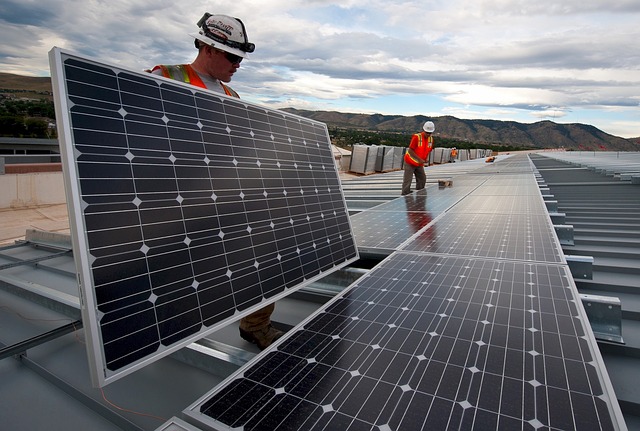
September 23, 2018
The legislature adjourned on August 31, but this autumn, there will be no restful respite at Sierra Club California.
This is also a serious election year, with voters preparing to deliver a new governor in November. So we are turning our thinking to the future and one big question: What should be on the next governor’s environmental agenda?
I could write a thousand-page tome and still not cover all the environmental issues that should be addressed. But a tome would overwhelm and probably end up unread.
A better approach, I think, is to identify a limited number of critical issues on which the next governor needs to signal intent and begin to act in the first 100 days of office to really make a difference by the end of the four-year term.
Some actions should include continuing good work started or carried forward by the current governor. Some must include reversing course or carving a new path.
As a start, I’ve come up with the following five environmental issues and why they need to be among the top priorities on the next governor’s agenda:
- Embrace and implement the 100% clean, renewable electricity goal. Gov. Jerry Brown signed a bill that ensures that 60% of our electricity will come from renewable resources by 2030, and lays out a path to get to 100% zero-carbon electricity by 2045. As with all legislation, there’s room for interpretation during implementation. So the new governor should ensure that non-combustion, zero-carbon renewables are the priority from the outset. Aside from electricity generation, there’s also a lot of opportunity to get gas out of homes and commercial buildings. Decarbonizing buildings is the new frontier.

- Refocus California’s water policy away from tunnels and towards regional resilience. I’ll just cut to the chase: Dump the tunnels idea. It’s a bloated distraction. Focus instead on groundwater protection and cleanup, conservation, efficiency, stormwater capture, recycling and river and stream protection. Forget about new dams, but force responsible parties (and there’s a long list of them) to repair the neglected ones that are still in use. There are too many people in California without access to clean, safe drinking water simply because groundwater has been polluted. Accelerate groundwater cleanup and management.
- Shift California away from fossil fuel production, while continuing to stimulate demand for zero-emission vehicles. The current governor has been too kind to the oil industry and avoided addressing the state’s economic dependence on oil extraction. We can’t extract ourselves from that dependence overnight. But the next governor can reset the conversation by defining a path for getting out of the oil business and replacing it with cleaner economic engines in the state’s oil-drilling centers. And the next governor must continue the drive to shift the transportation sector to zero-emission. Supply and demand both need attention to cut oil and gas dependence.
- Insert science into forest and wildlands management—and speaking of natural resources, restore the state parks system and protect coastal access. Technology can fix electricity, but it can’t fix forests, wildlands, parks and coasts. Managing and protecting natural areas has been largely under-emphasized by a string of governors. The new one has a chance to make a real difference here. A good first step would be to de-emphasize the role of the logging and biomass industries in forest policy discussions and re-emphasize the public interest and ecosystem functions, including habitat.
- Lead the charge on climate change adaptation that respects science and natural systems while protecting public health and safety. California must keep leading on reducing climate and air pollution. But now that the real effects of climate change are apparent, the state needs to ramp up attention to adaptation. What does that even mean in this state and how can it be done in a way that is sensitive to natural systems and to the most disadvantaged communities? That’s the question that needs to guide the next governor’s necessary dive into adaptation policy.
That’s my short list. I realize it doesn’t include anything about reducing plastic pollution, cutting exposure to hazardous waste, toxics and pesticides, or cutting emissions in the supply chain. Those are issues that need to be addressed, too. And there are others.
That’s where you come in. Add to the list. Email me at reply@emails.sierraclub.org and send me a few key points that you think should be on the next governor’s environmental agenda when he comes into office.
When the next governor declares victory in November, he’ll be hearing no shortage of ideas for action from a range of interests. We’ll be working hard to make sure he hears from Sierra Club. So share your ideas with me now as we develop our proposal.
Sincerely,

Kathryn Phillips
Director
Sierra Club California is the Sacramento-based legislative and regulatory advocacy arm of the 13 California chapters of the Sierra Club.
Please consider making a monthly donation.